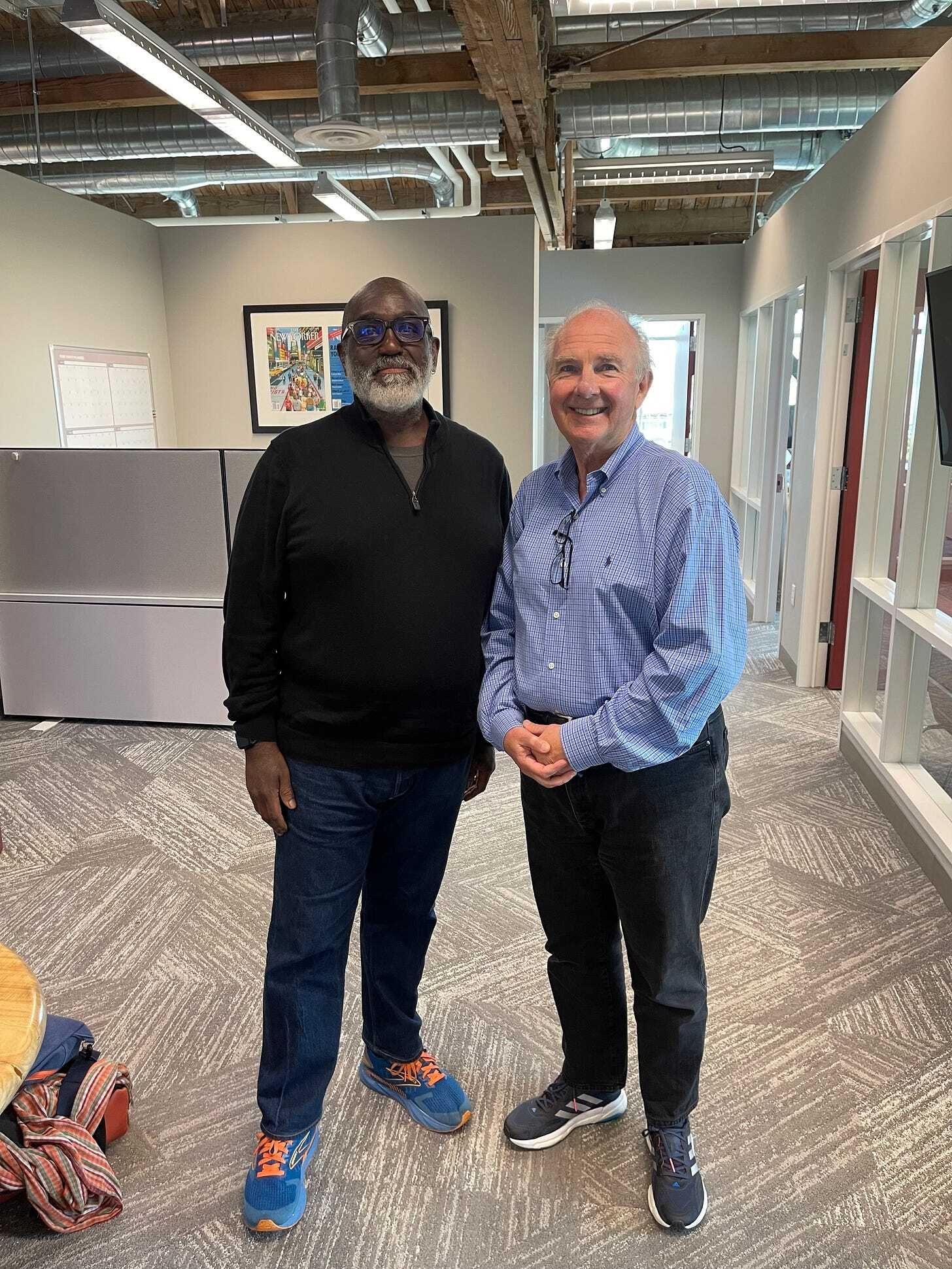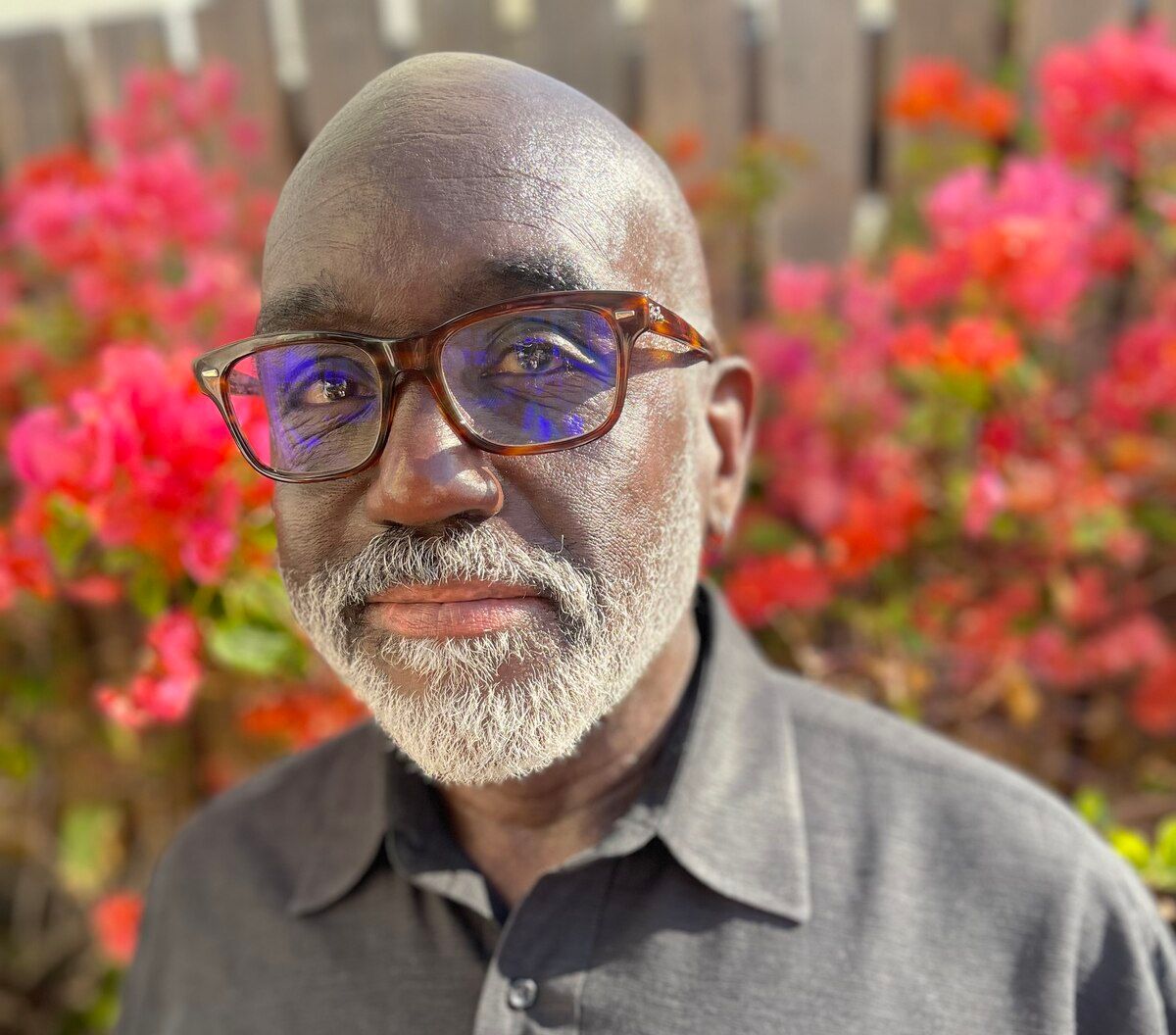
My parents let me watch as much TV as I wanted, as long as I fulfilled my responsibilities. There was one restriction: they wouldn’t buy me anything I saw in a commercial.
So, I knew better than to ask for sugary breakfast cereals, action figures, or candy that fizzed and exploded in my mouth. (I had to wait until I was an adult with a job before I could buy that stuff.)
As a result, I had a different relationship with the media than other kids: for me, TV was just a place for entertaining stories — and that included the advertisements. I don’t mind watching commercials: a good one has a beginning, a middle and an end. It’s a short story.
As a consumer, I am extremely hard to persuade, but once you have my business, I’m loyal to a fault: I use the same brand of toothpaste my parents bought, and I’ve owned two cars by the same manufacturer.
Branding is the most succinct form of storytelling there is.

That’s my opinion, but it’s shared by David Placek, founder and president of Lexicon Branding. Here are a few of the companies and products he and his team have named over the last 42 years:
Subaru Outback
BlackBerry
Pentium
Lucid
Azure
Swiffer
Sonos
NVIDIA Shield
Embassy Suites
Febreze
In May 2024, I interviewed him at Lexicon Branding’s headquarters in Sausalito, California about brand architecture and positioning, the merits of being bold and authentic, and the methodology his company uses to transform innovative ideas into distinctive names that resonate.
It was the first time I'd talked to someone whose work I was already familiar with. Sitting in his office, I was literally surrounded by brand IDs for companies and products I had interacted with in the 30 minutes it took me to travel there. It’s a powerful flex for a company that does creative consulting.
He offered some suggestions for early-stage teams on tight budgets and also shared some insights from a study on branding for AI startups. Our conversation also included strategies and exercises founders can use to start building their brand architecture.
“We are very early in the process, very quick to say that what we do is we don't create the story,” said David. “We create a vessel that will carry the story into the marketplace.”
Bottom line: To sharpen your value proposition as early as possible, start developing your brand identity and principles early on, even before you have your full positioning and customer research done.
“Don't participate in all this hype. And to the extent you can, begin to show people what they can really get out of this particular program,” said David. “How this might work for you, with concrete examples. People will really relate to that.”
RUNTIME 44:10
EPISODE BREAKDOWN
(2:56) ”We have a process that takes that new idea and, and along the way, the goal is to give it a voice, a distinctive voice.”
(4:02) How Lexicon Branding develops “coined” brand names.
(7:18) Over time, David realized the company needed a creative layer and an engineering layer.
(8:31) “Right now, in-house, we have at least three programs that are AI-based.”
(10:22) “We are first and foremost a creative consulting firm, so everything has to be customized.”
(12:09) David ballparks cost, timelines, and explains how Lexicon Branding works with clients.
(15:07) “We create a vessel that will carry the story into the marketplace.”
(17:36) How to validate your branding idea before fully committing to it.
(21:53) Using generative AI in client work “is not only saving us time, but it's getting more information.”
(25:07) Situations where David recommends changing your company’s name.
(27:39) Head of Research Dmitri Seredenko offers an overview of an AI startup branding survey.
(29:12) The challenge of injecting genuine emotion into your brand.
(33:02) “I don't think any brands have really taken a stake on what they really want to be known for.”
(35:56) “Don't overpromise, don't overhype.”
(38:53) Why adding “AI” to your brand is a bad idea.
(41:36) After you’ve made a decision, “stop trying to be comfortable about the new name.”
(42:45) David describes the emotional experience of encountering his brands in daily life.
LINKS
SUBSCRIBE


Thanks for listening!
— Walter.
